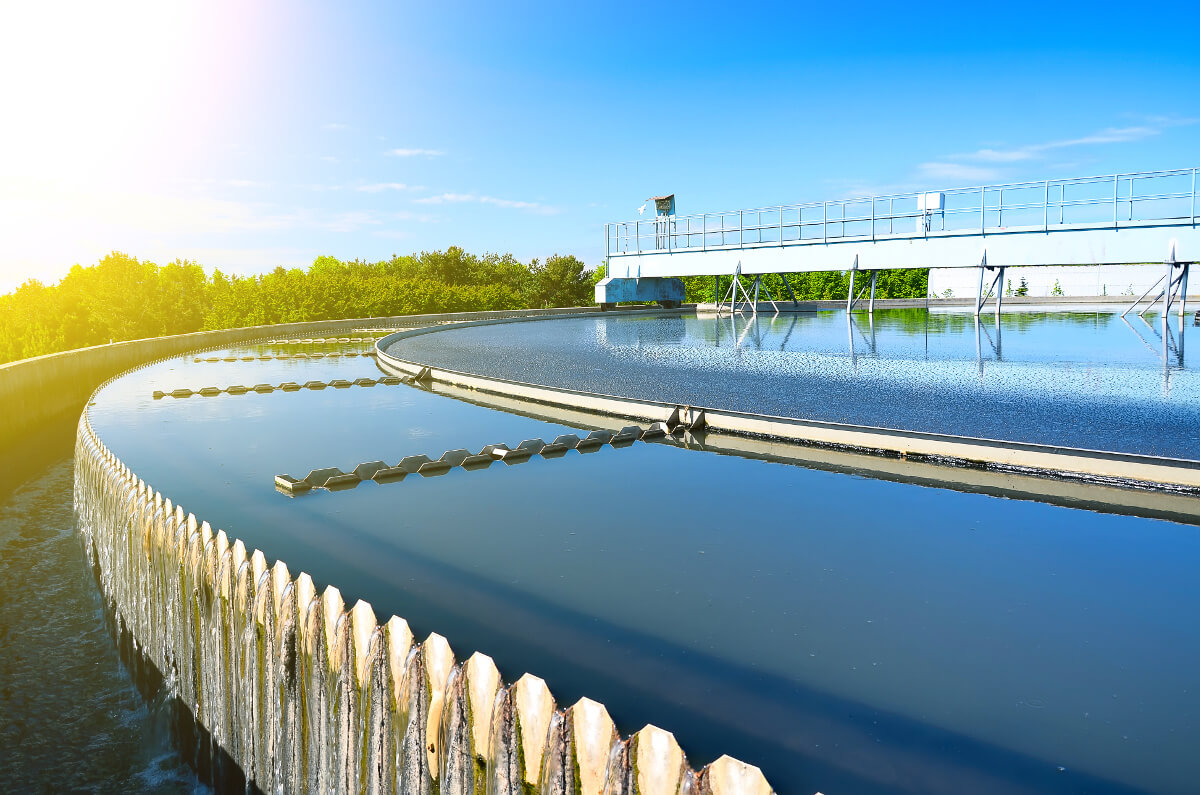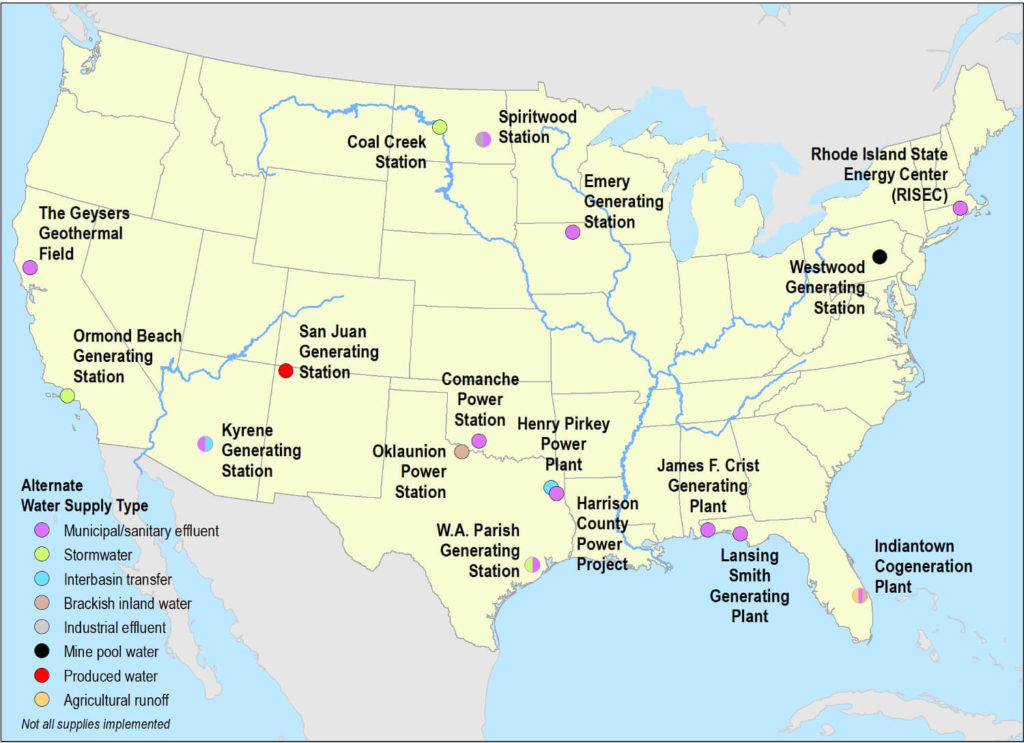Getting Creative with Water Use at Power Plants

Power plants are using alternative water supplies to meet a range of water needs reliably and cost-effectively, according to an EPRI analysis of 17 facilities across the United States.
Traditionally, power plants draw water from rivers, lakes, and other freshwater sources for use in cooling systems and other processes. In some areas, however, water scarcity or quality hinders or precludes their use.
Here are key findings for the diverse sources covered by EPRI’s scientific literature review and staff interviews at power plants in different regions:
- Power plants have successfully used alternative water supplies for decades, in numerous applications and meeting up to 100% of their needs.
- Benefits of alternative water supplies include plant siting in a preferred location, regulatory compliance, lower costs, improved water quality, and reduced withdrawal of local freshwater supplies.
- The most promising, reliable alternative today is treated municipal wastewater effluent.
- Power plants are successfully using brackish inland water, stormwater, mine pool water, agricultural runoff, and interbasin transfers.
- Stormwater and agricultural runoff offer challenges with respect to quantity and quality but may be viable in some situations.
- Mine pool water, brackish water, and industrial effluent have variable water quality and require treatment but can be used successfully with careful planning, well-defined agreements with suppliers, and a backup source.
- Interbasin transfers and water produced from oil and natural gas reservoirs are the least promising alternatives.
- Successful use of alternative supplies is possible even if long-distance pipeline transport is needed.


